7 Saltwater Fish You Can Catch Without a Boat
Saltwater fishing often conjures images of deep-sea adventures aboard fishing vessels, but the truth is that some of the most exciting catches can be made right from the shoreline. Shore fishing, also known as surf fishing or pier fishing, offers anglers without boat access the opportunity to experience the thrill of saltwater angling. From rocky jetties to sandy beaches, coastal anglers can target a variety of game fish species without ever setting foot on a boat. Whether you’re a budget-conscious angler, someone who gets seasick, or simply prefer the solid ground beneath your feet, here’s a comprehensive guide to seven saltwater species you can successfully target from shore.
Striped Bass: The Coastal Classic
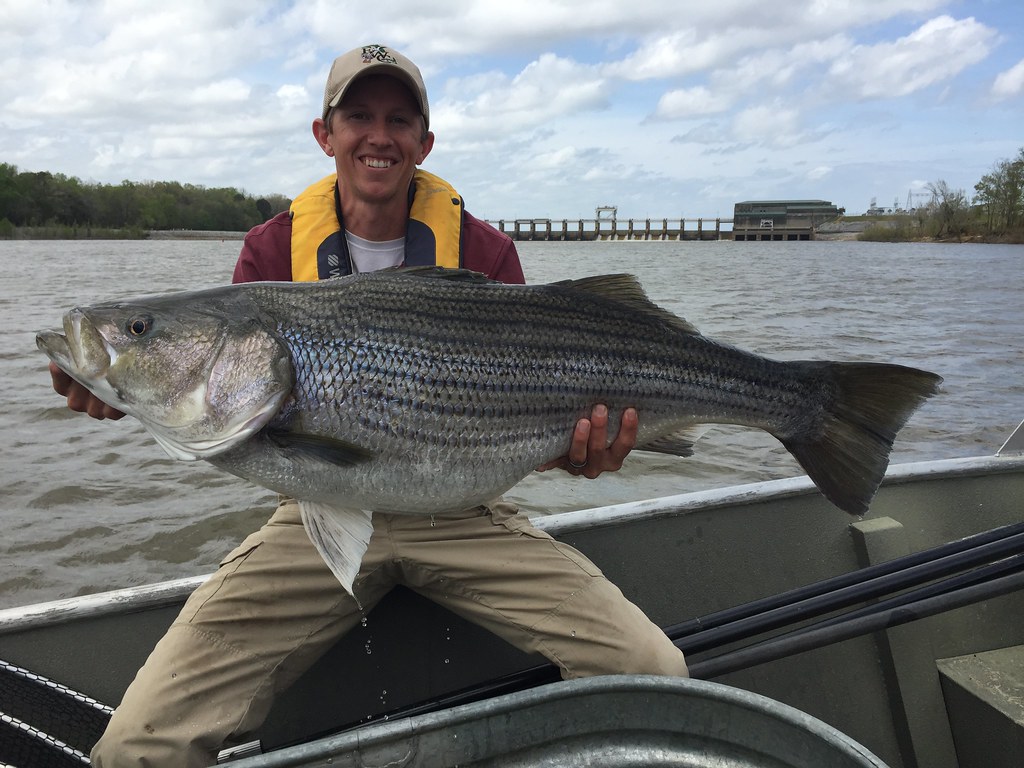
Striped bass, affectionately known as “stripers,” rank among the most prized catches for shore anglers along the Atlantic coast. These powerful fish can grow to impressive sizes, with specimens over 40 pounds not uncommon in many areas. Stripers are often found feeding in the surf, around jetties, and in coastal inlets where tidal currents create ideal hunting grounds. They’re particularly active during dawn and dusk, when they move closer to shore to feed on baitfish like mullet, bunker, and herring. For shore anglers, the best approach typically involves casting heavy lures like bucktails, swimming plugs, or fresh bait such as cut bunker or live eels into these feeding zones during seasonal runs in spring and fall.
Bluefish: Aggressive Fighters in the Surf
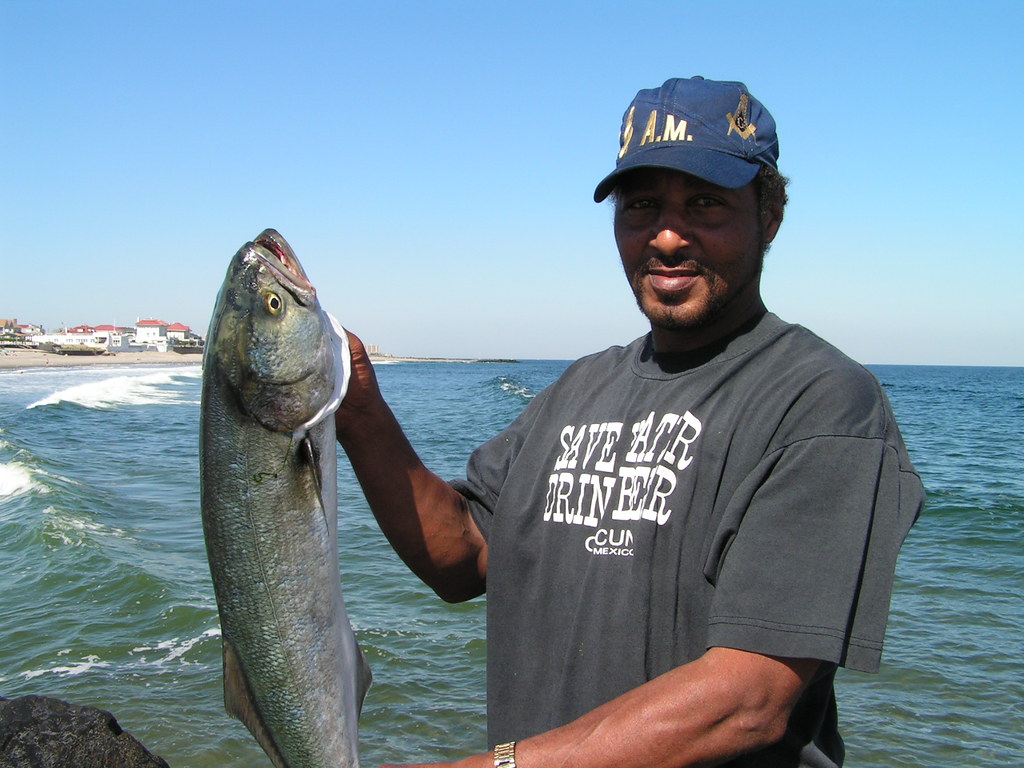
Bluefish offer shore anglers some of the most exciting action available from the beach, thanks to their aggressive nature and powerful fights. These toothy predators travel in schools and can create spectacular feeding frenzies when they trap baitfish against the shoreline, making them visible to observant anglers as they churn the water’s surface. Blues respond well to a variety of lures, including metal spoons, poppers, and swimming plugs that mimic injured baitfish. When targeting bluefish from shore, it’s advisable to use wire leaders due to their razor-sharp teeth that can easily slice through monofilament line. Their predictable seasonal migrations along both the Atlantic and Gulf coasts make them reliable targets for shore anglers throughout much of the year, with peak seasons typically occurring in late spring through early fall.
Flounder: Bottom-Dwelling Delicacies
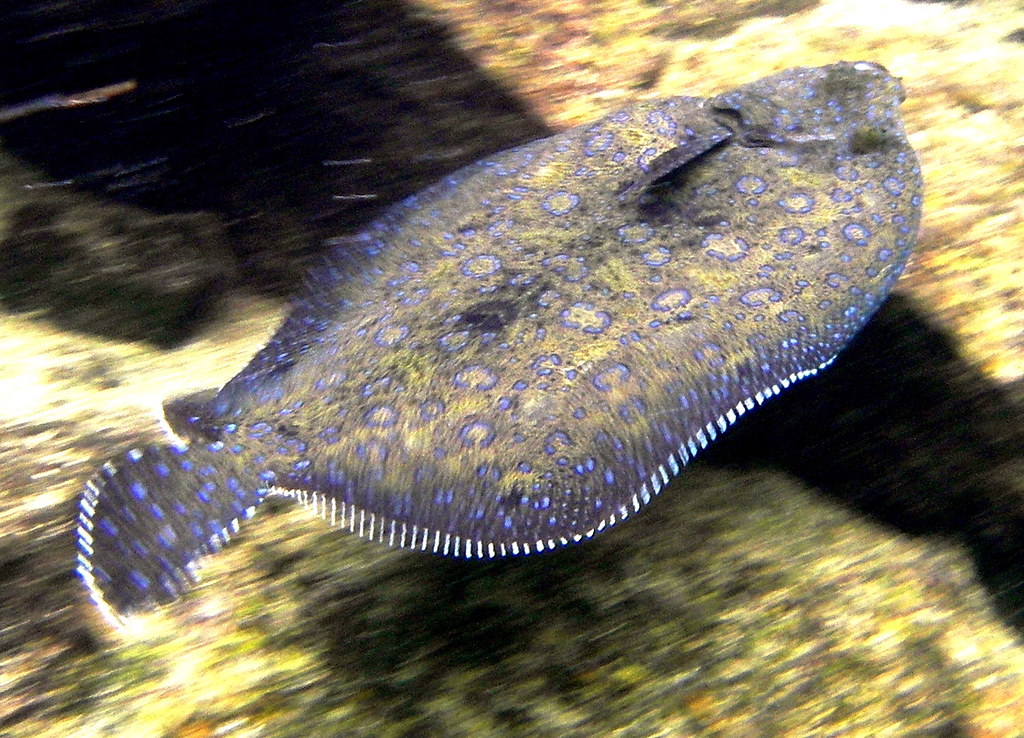
Flounder present an excellent opportunity for shore anglers seeking both sport and a delicious meal. These flat, camouflaged bottom-dwellers can be caught from piers, jetties, and sandy beaches, particularly around inlets and harbor entrances. Their unique hunting strategy involves burying themselves in the sand and ambushing prey that swims overhead, making them ideal targets for anglers fishing with bait on the bottom. The most productive approach typically involves a simple fish-finder rig baited with strips of squid, live minnows, or small crabs, slowly dragged along sandy bottoms. Shore anglers often find success targeting flounder during incoming tides when these fish move into shallower waters in search of food, especially during summer and early fall when water temperatures are optimal for feeding activity.
Redfish: Shallow Water Powerhouses
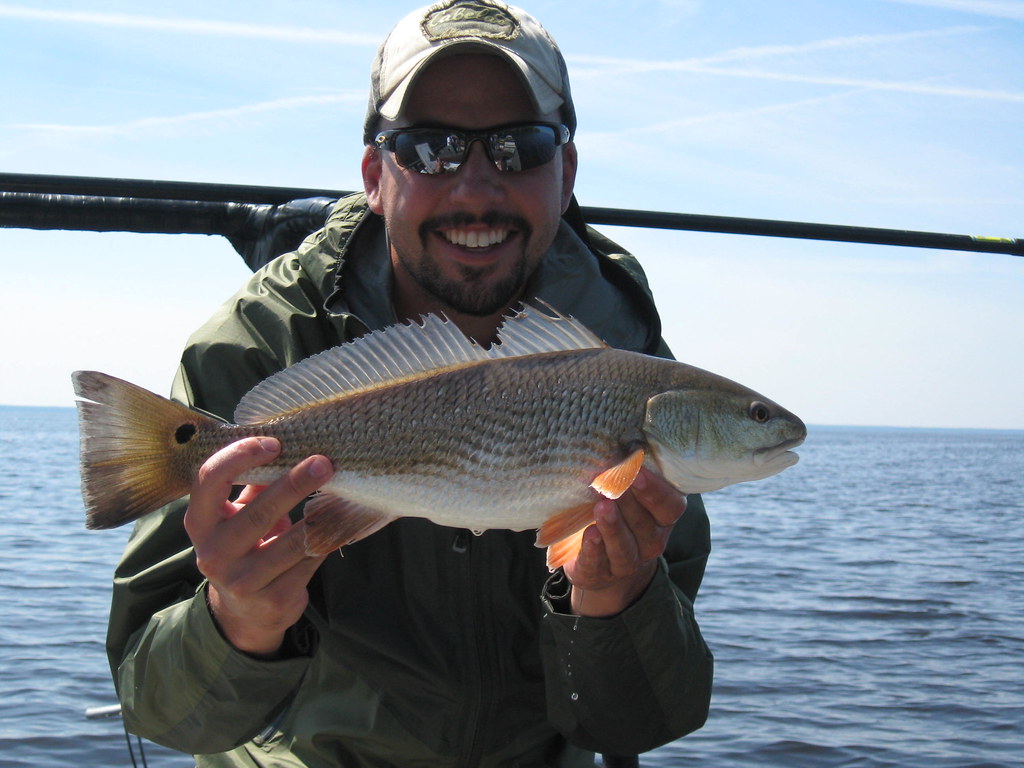
Redfish, also known as red drum, offer shore anglers along the Gulf and Southeast Atlantic coasts exceptional opportunities for trophy catches. These copper-colored gamefish with their distinctive tail spots are often found in shallow waters, making them accessible to wade fishermen and shoreline casters alike. Redfish are particularly abundant around marsh edges, oyster bars, and sandy flats where they feed on crustaceans, small baitfish, and other bottom-dwelling organisms. Shore anglers typically target them using medium to heavy spinning gear with natural baits like cut mullet, live shrimp, or artificial lures such as gold spoons and soft plastic jerkbaits. During fall and winter months, larger “bull” redfish often migrate to coastal passes and beaches where they become prime targets for surf casters who can experience the thrill of landing fish exceeding 30 pounds from shore.
Snook: Shoreline Ambush Predators
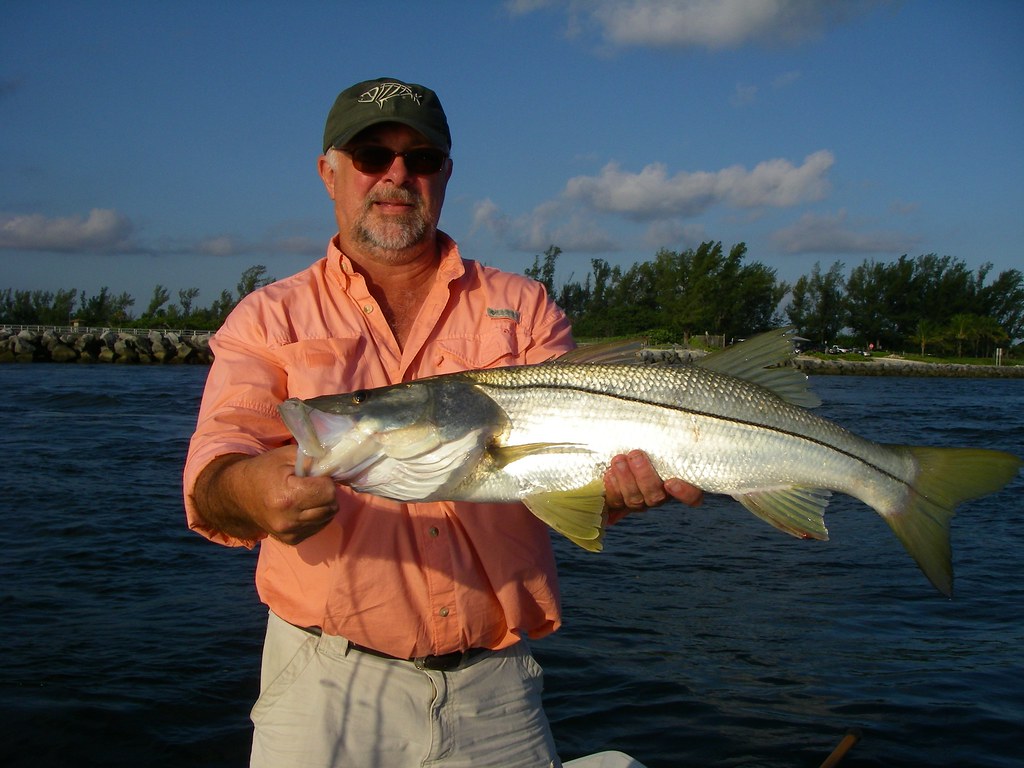
Snook represent premium shoreline targets for anglers in Florida and parts of the Gulf Coast, known for their challenging fights and selective feeding habits. These distinctive gamefish with their prominent lateral line and unmistakable profile are masters of ambush, often holding tight to structure like mangrove roots, dock pilings, and beach troughs where they can attack passing baitfish. Shore anglers find particular success targeting snook at night around lighted areas such as bridges and piers where baitfish concentrate. Live baits including pilchards, pinfish, and shrimp work exceptionally well, as do artificial lures like swim baits and diving plugs that imitate their natural prey. Seasonal patterns significantly impact snook fishing, with many fish moving between backwater areas and coastal beaches depending on water temperature and spawning cycles, creating prime opportunities for shore anglers who understand these migrations.
Spanish Mackerel: Speed Demons Within Reach
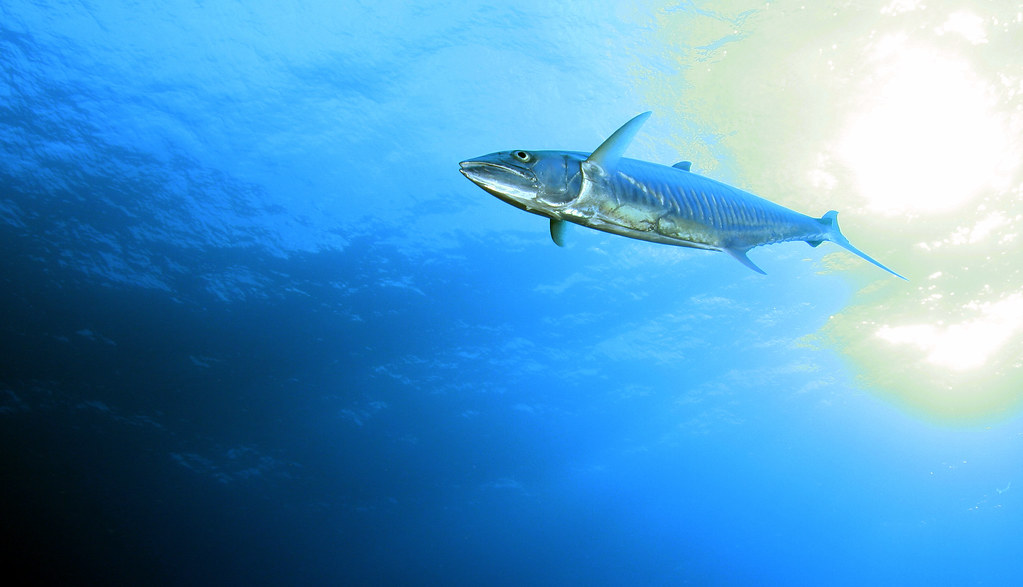
Spanish mackerel provide fast-paced action for shore anglers, especially during their seasonal migrations along coastal waters. These streamlined, toothy predators are known for their blistering runs and aerial displays when hooked, making them exciting quarry from piers, jetties, and beaches. They typically travel in schools, chasing small baitfish like anchovies and silversides, often creating visible feeding frenzies that alert observant anglers to their presence. The most effective approach for shore-bound anglers involves casting small, flashy lures like silver spoons, small jigs, or fast-retrieved Got-Cha plugs that mimic fleeing baitfish. Spanish mackerel have soft mouths that tear easily, so a steady, moderate pressure during the fight is essential to successfully landing these fish. Their predictable seasonal movements, typically approaching shorelines during warmer months from spring through fall, make them reliable targets for coastal anglers without boats.
Pompano: Prized Catches from the Surf
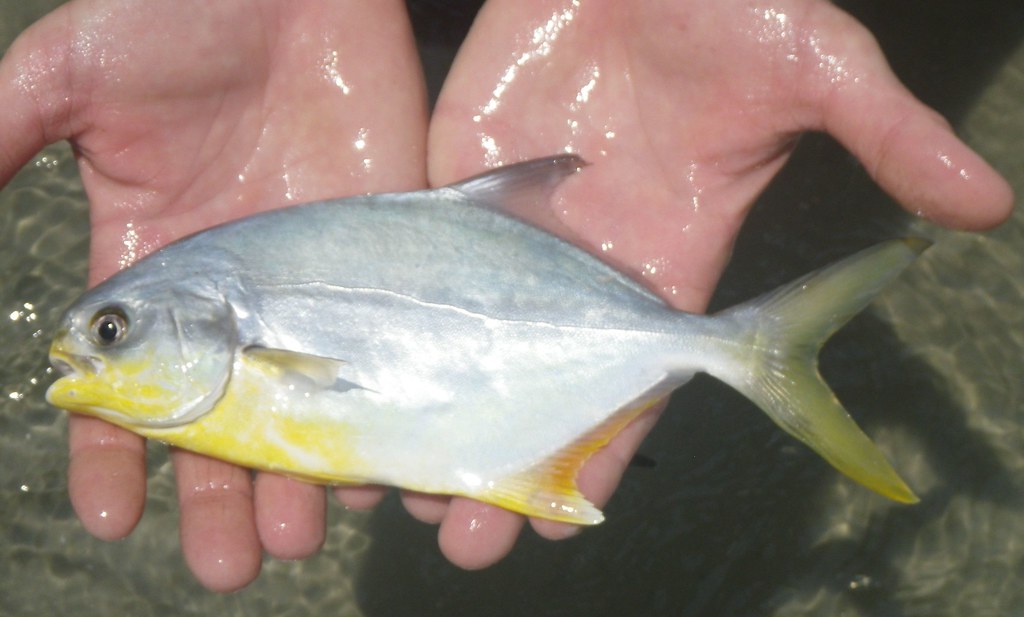
Pompano rank among the most sought-after surf fishing targets, prized for both their sporty fights and exceptional table quality. These silvery, deep-bodied members of the jack family frequent sandy beaches where they feed on small crustaceans, coquina clams, and other invertebrates in the surf zone. Shore anglers typically target pompano using specialized rigs like double-dropper or pompano rigs baited with sand fleas (mole crabs), fresh shrimp, or artificial alternatives like Fishbites or Gulp! sandworm imitations. The most productive approach involves casting beyond the breaking waves into troughs and cuts along sandy beaches where pompano search for food stirred up by wave action. Seasonal migrations bring pompano within easy reach of shore anglers along the Gulf and Atlantic coasts, with peak seasons typically occurring during spring and fall as these fish move along coastal beaches following optimal water temperatures around 68-78°F.
Essential Shore Fishing Gear
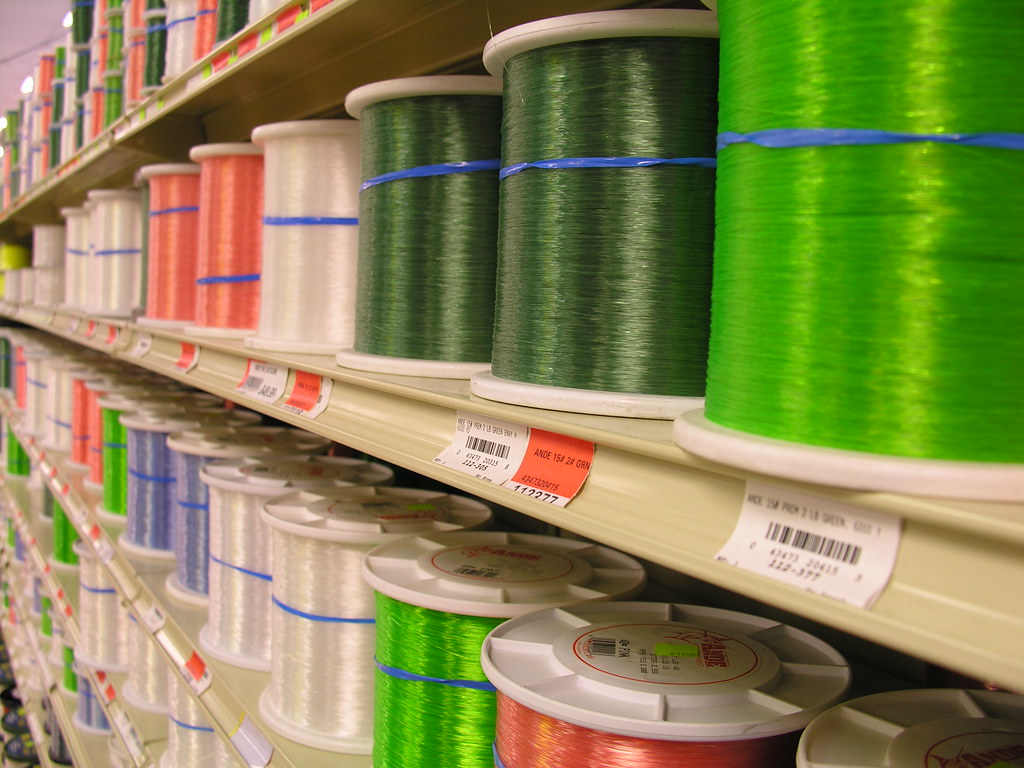
Successful shore fishing requires specialized equipment designed to meet the unique challenges of casting from beaches, piers, and jetties. Most shore anglers rely on medium to heavy spinning outfits in the 9-12 foot range, which provide the necessary length for casting heavy lures and bait rigs beyond the breaking surf. Reels should be sealed or designed specifically for saltwater use to prevent corrosion from salt spray and sand. Line selection typically favors monofilament in 15-30 pound test for general applications, with braided line offering advantages for distance casting and sensitivity in many situations. Additional essential gear includes sand spikes or rod holders, a sturdy tackle bag that can withstand beach conditions, and waders for anglers who venture into the surf. Specialized terminal tackle like pyramid sinkers, which hold position in current, and circle hooks for improved hook-up rates when bait fishing round out the shore angler’s arsenal.
Reading the Beach for Prime Fishing Spots
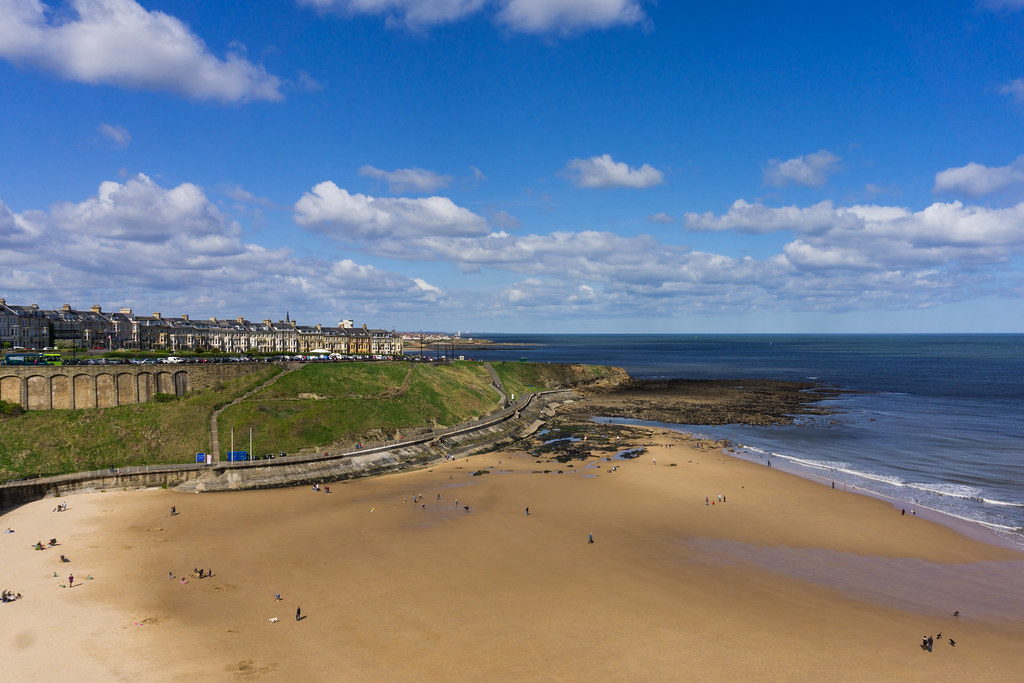
Understanding beach structure represents perhaps the most crucial skill for successful shore fishing, as fish concentrate in specific areas rather than being evenly distributed along the coastline. The most productive locations typically include troughs (deeper channels running parallel to the beach), cuts (gaps in sandbars where water flows back to sea), points (areas where the shoreline juts out), and the edges of rip currents where baitfish and food particles get concentrated. Visual cues like darker water indicating deeper areas, areas where waves aren’t breaking (suggesting deeper water), and places where birds are actively feeding can help identify these prime fishing zones. Experienced shore anglers pay particular attention to the movement of water during different tide phases, as fish often use these natural channels to move in and out with the tides. Learning to identify these productive structures can turn a frustrating day of random casting into targeted fishing in areas where fish naturally congregate.
Tidal Considerations for Shore Anglers
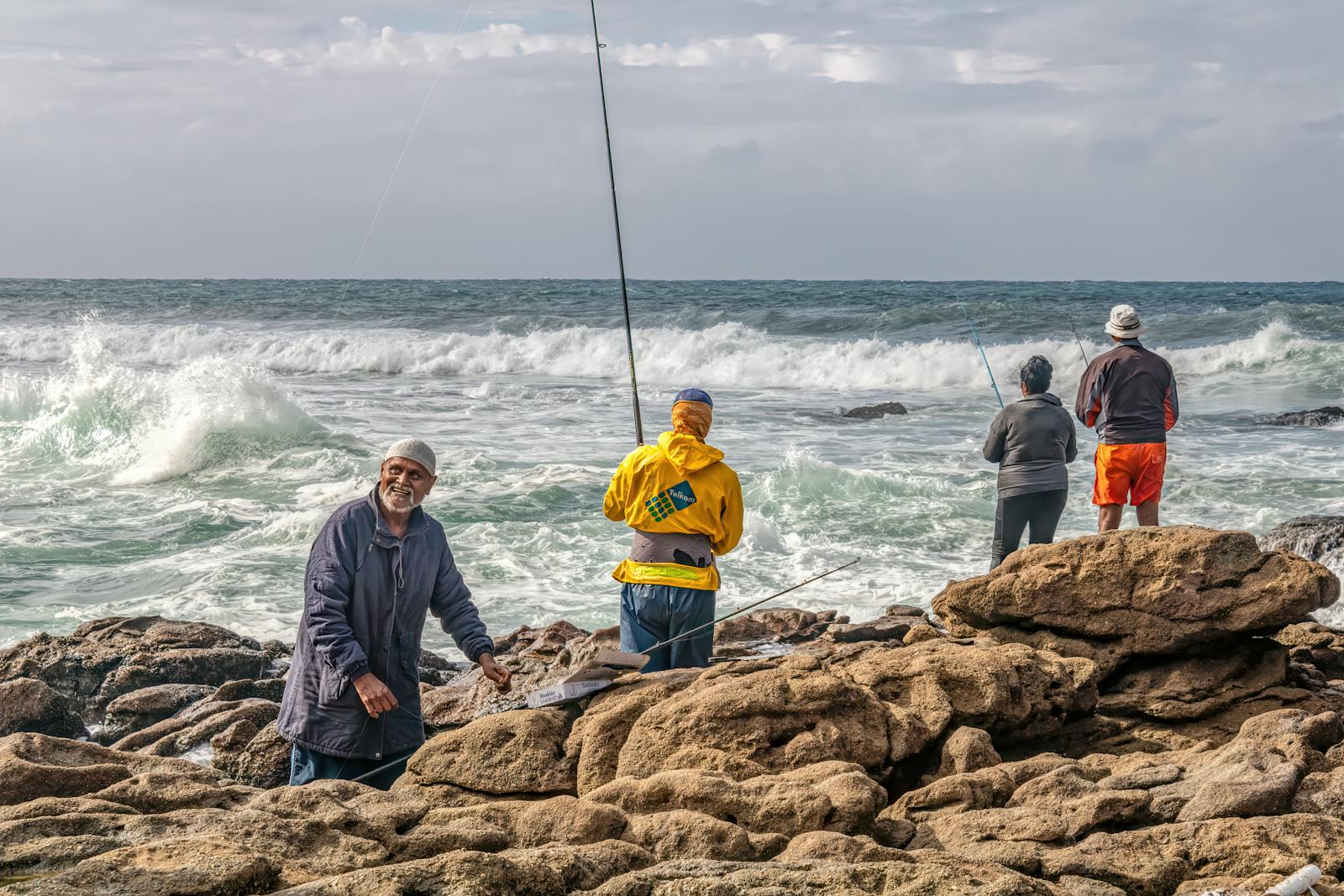
Tidal movements fundamentally influence shore fishing success, creating feeding opportunities and determining when fish can access different coastal zones. Many experienced shore anglers prefer fishing during the “moving tide” – either incoming or outgoing – when water movement stimulates feeding activity and carries scent to predatory fish. Different species show distinct preferences, with flounder often feeding aggressively on incoming tides when they move shallower, while striped bass may hunt more actively along jetties during outgoing tides when baitfish get swept out of estuaries. The tide stage also affects casting strategy, as extreme low tides might expose productive structures like sand bars and channels that can be targeted when the water returns. Shore anglers should obtain local tide charts and plan fishing sessions around these predictable water movements, often finding that the hours surrounding high and low tide changes (known as slack tides) can be less productive than periods of maximum water movement.
Seasonal Patterns for Shore Fishing Success
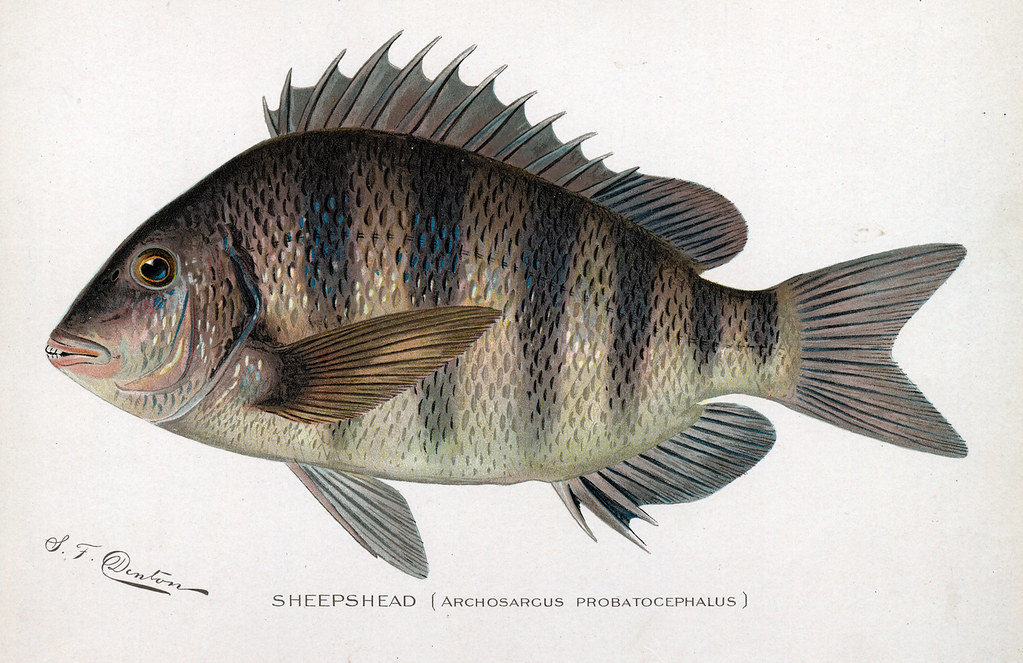
Shore fishing productivity follows distinct seasonal patterns that savvy anglers can exploit for consistent success throughout the year. Spring typically brings migratory species like striped bass and bluefish within reach of shore anglers as these fish follow baitfish moving along coastal migrations routes after winter. Summer often shifts the focus to resident species like flounder, snook, and pompano that establish predictable patterns in warmer waters, with early morning and evening periods providing peak activity during hot months. Fall represents prime time for many shore anglers as cooling water temperatures trigger feeding frenzies among predatory species preparing for winter, with mullet runs along many coastlines creating spectacular opportunities for shore-bound fishermen. Even winter offers specialized opportunities in many regions, particularly in southern locations where species like redfish and sheepshead remain active in shallows during sunny periods. Understanding these seasonal movements allows shore anglers to target the right species at the right time, maximizing success without needing a boat.
Conservation and Regulations for Shore Anglers
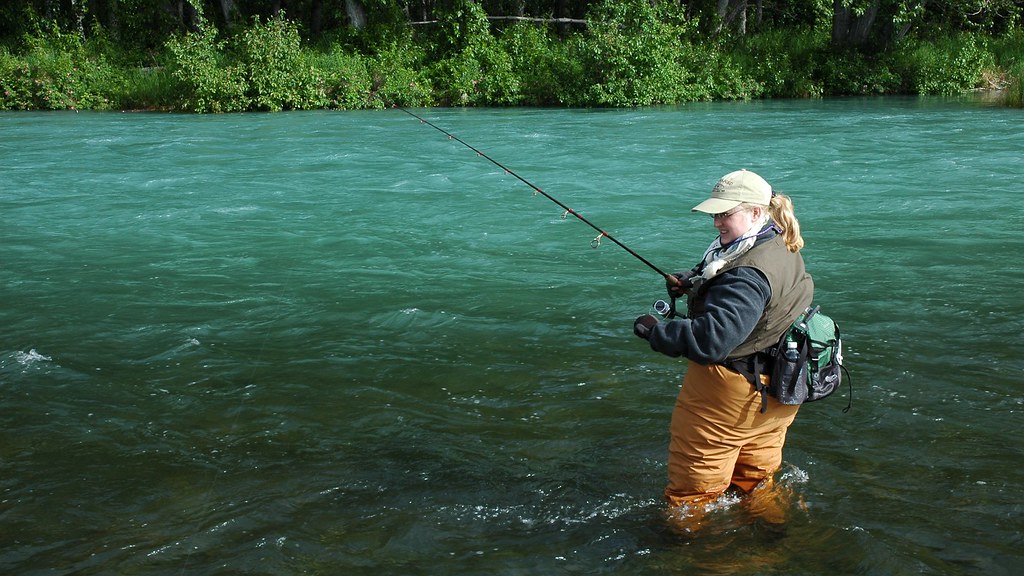
Responsible shore fishing requires awareness of regulations and conservation practices that sustain healthy fish populations for future generations. Shore anglers should familiarize themselves with local fishing regulations including size limits, bag limits, and seasonal closures that vary by species and location, often changing throughout the year in response to fish population assessments. Proper catch-and-release techniques become especially important for shore anglers who may be targeting species during vulnerable spawning periods or catching undersized fish. These practices include using appropriate tackle to minimize fight times, keeping fish wet when possible, using barbless or circle hooks to reduce injury, and supporting a fish’s weight horizontally rather than holding it vertically by the jaw. Many popular shore fishing species like striped bass, redfish, and snook have benefited from conservation measures implemented after population declines, demonstrating the critical importance of ethical angling practices even when fishing from shore.
Conclusion: The Accessible Joy of Shore Fishing
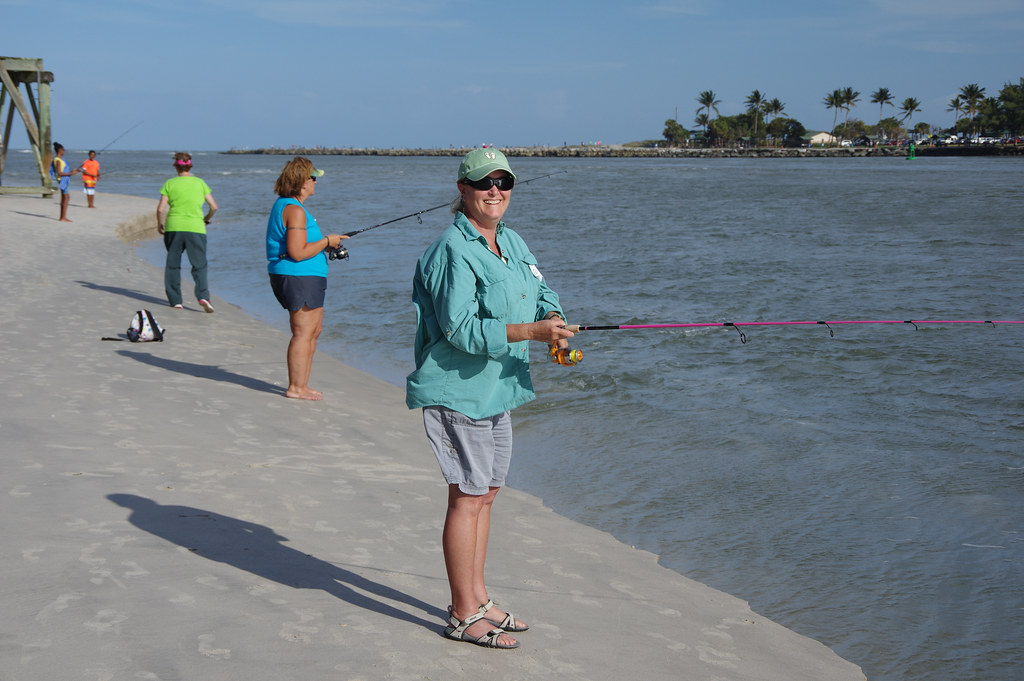
Shore fishing for saltwater species represents one of the most accessible and rewarding forms of angling available to fishermen of all experience levels. Without the significant investment of a boat, fuel, and associated maintenance costs, shore anglers can still experience the thrill of battling powerful saltwater gamefish in their natural environment. The diversity of species available from shore – from the lightning-fast runs of Spanish mackerel to the bulldog determination of redfish – ensures variety and excitement throughout the seasons. Beyond the fishing itself, shore angling offers additional benefits including exercise, connection with coastal environments, and opportunities to witness marine wildlife and spectacular sunrises or sunsets while waiting for that next bite. By mastering the fundamentals of gear selection, reading coastal structure, understanding tidal influence, and recognizing seasonal patterns, shore-bound anglers can enjoy consistent success that rivals or even surpasses what many experience from boats.
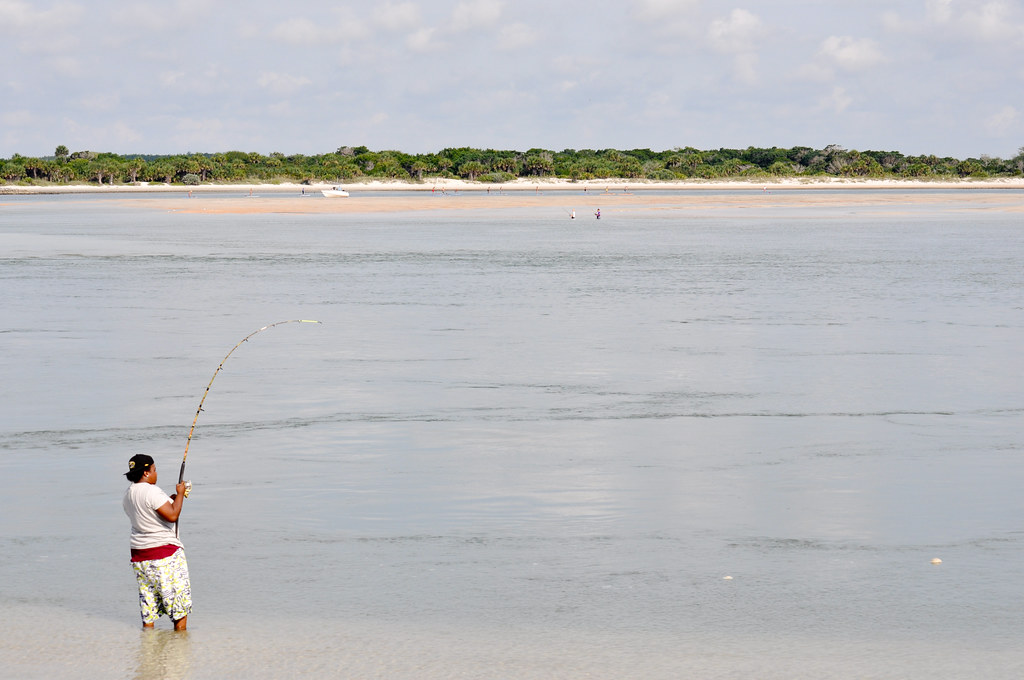
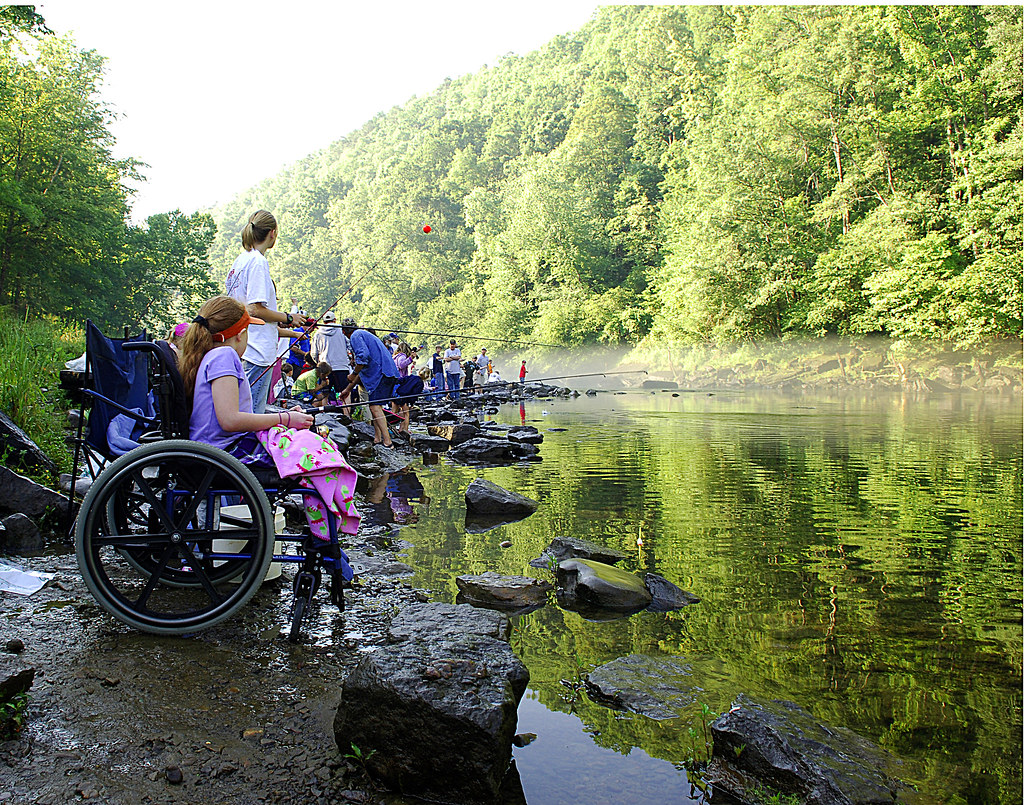
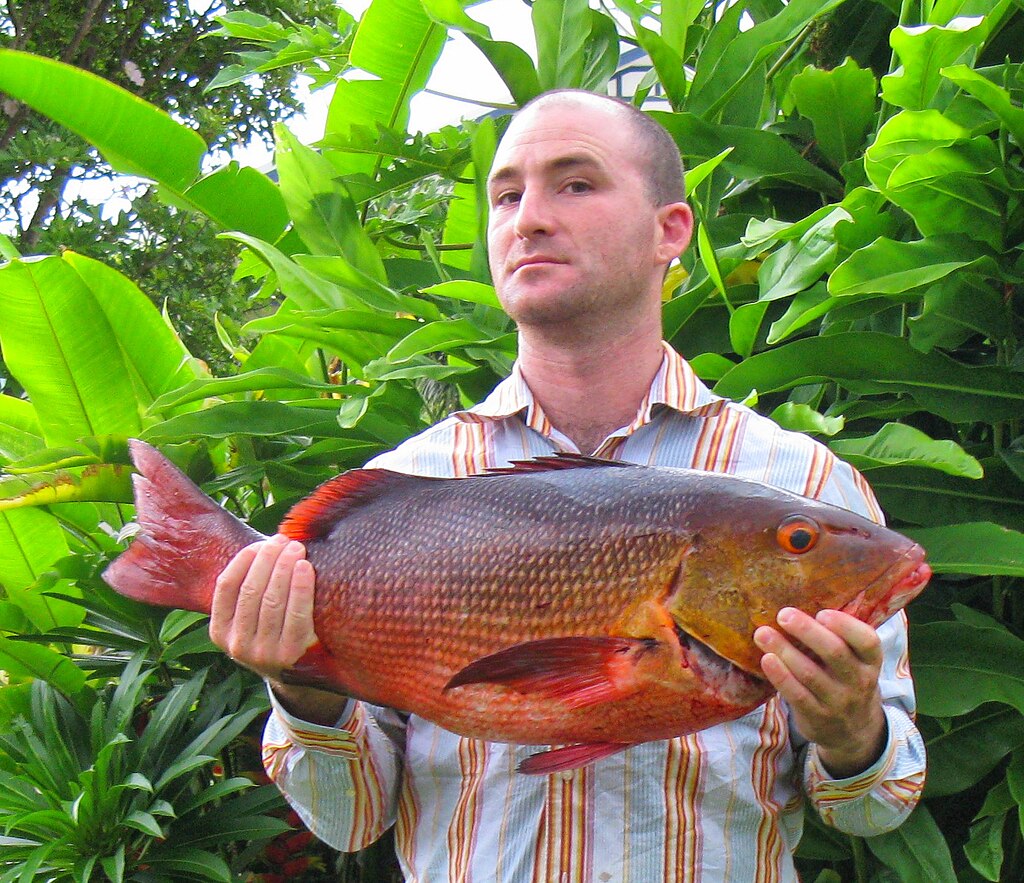
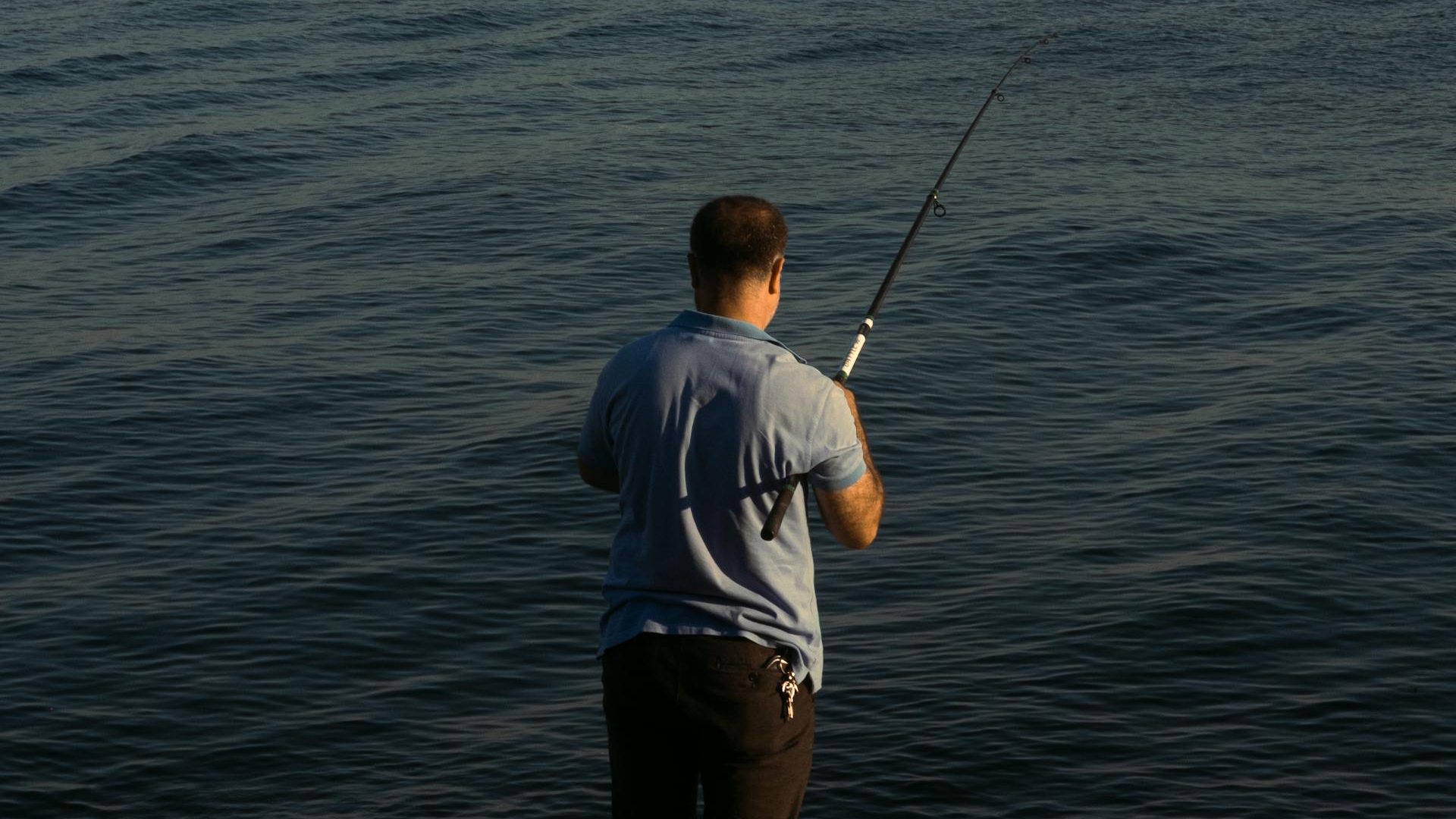
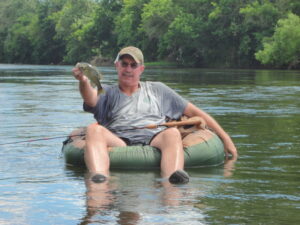
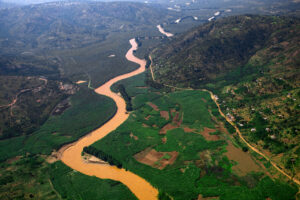








Post Comment